ANS: Atlas of Atomic Nuclear Structures

Key to Understanding the Universe
Introduction
Physics based on a detailed model of the etheric space - the physical vacuum, leading to the derivation of the structure of elementary particles and atomic nuclei.
Attempts to build a unified theory as a set of theories developed for different areas of physics have not been successful. Accumulated knowledge from experiments and observations leads to the conclusion that some of the accepted postulates in modern physics are not absolutely fundamental, as previously thought. A new approach to building a unified model of the universe involves reviving the principles of causality and logical understanding of all types of physical phenomena. This approach is applied in the theory entitled 'Basic Structures of Matter - Universal Supergravity Theory (BSM-SG),' whose fundamental basis is an original ether-like concept of the physical vacuum. The new approach leads to different physical models of elementary particles and atoms, as well as a different concept of the universe.
The proposed space-time and elementary particle models exhibit the same interaction energies as known from quantum mechanics and experiments while retaining classical logical explanations. At the same time, they provide physical dimensions. Analyzing physical phenomena from a new perspective allows for a deeper understanding of the relationship between fundamental physical attributes: mass, energy, space, time, gravity, and inertia.
Author: Stoyan Sargoytchev




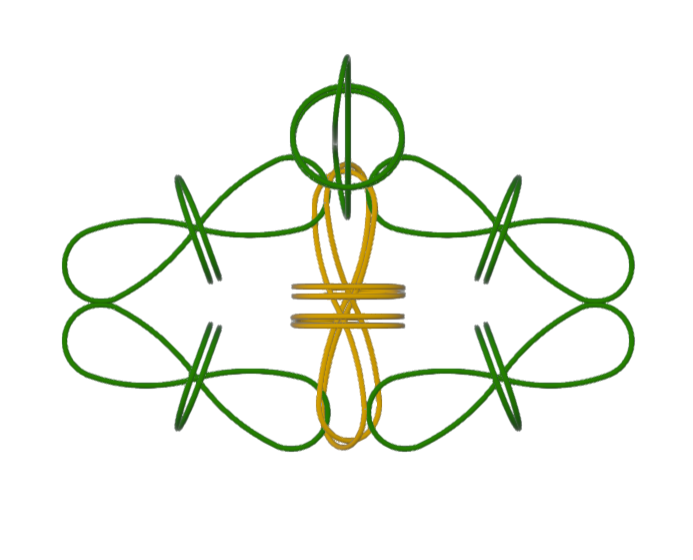
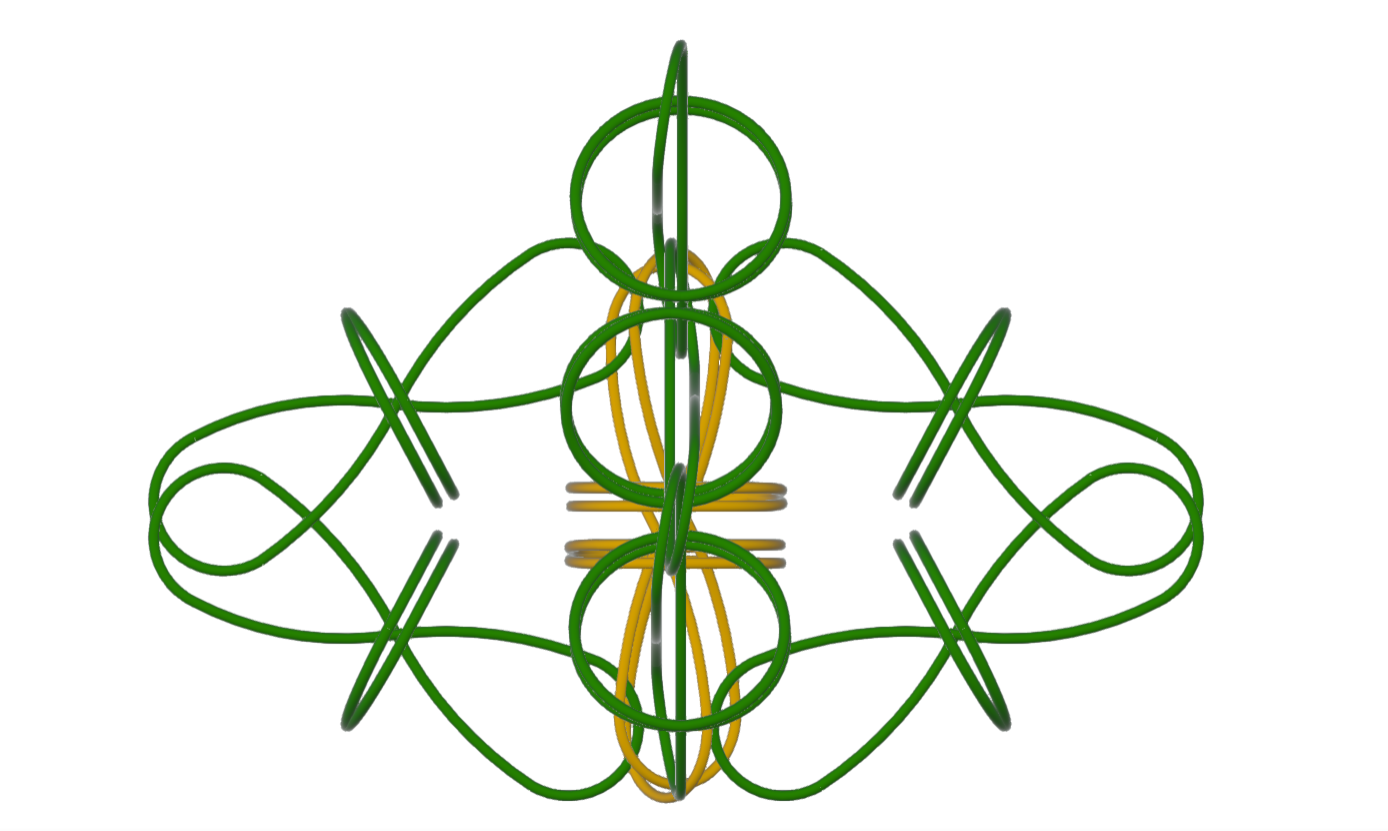
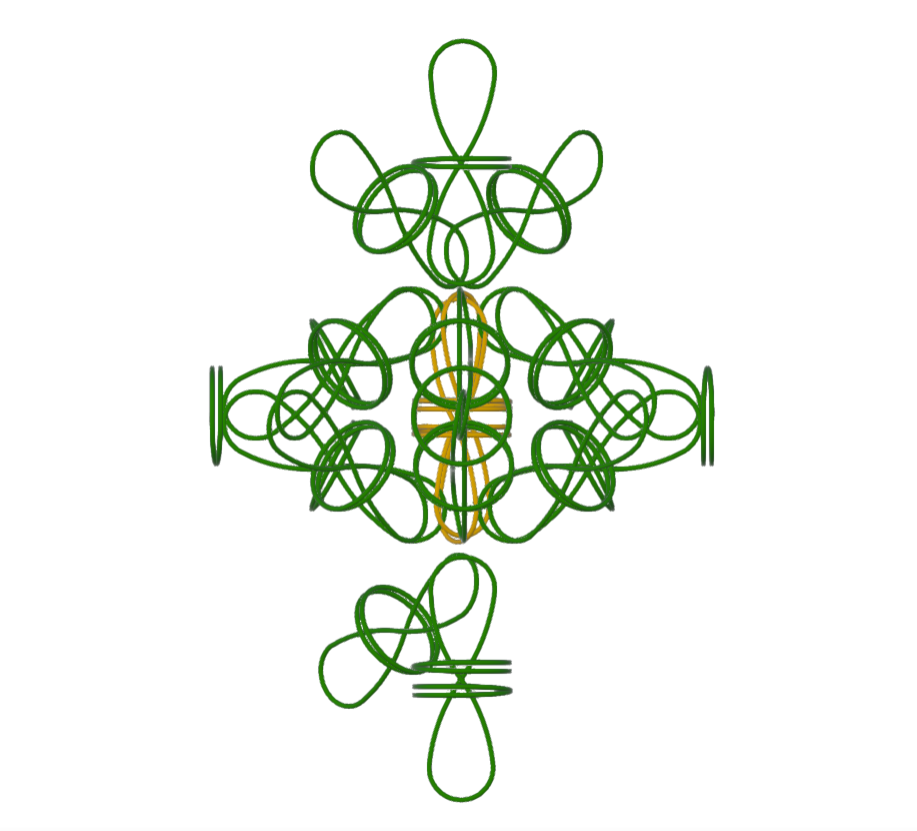
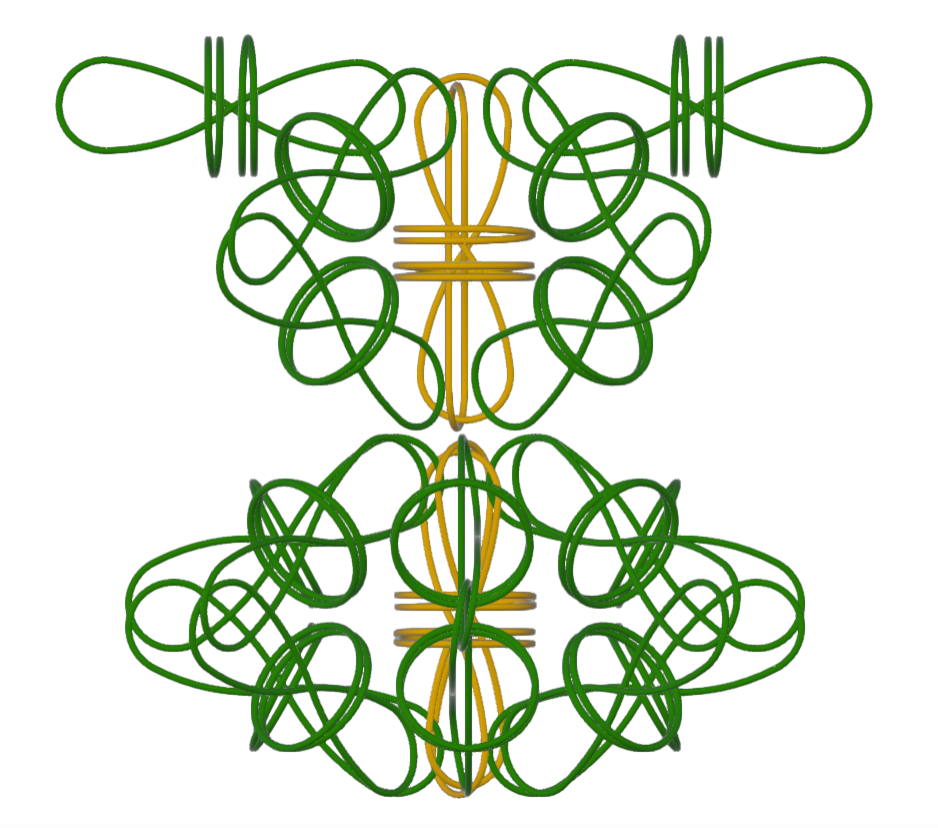
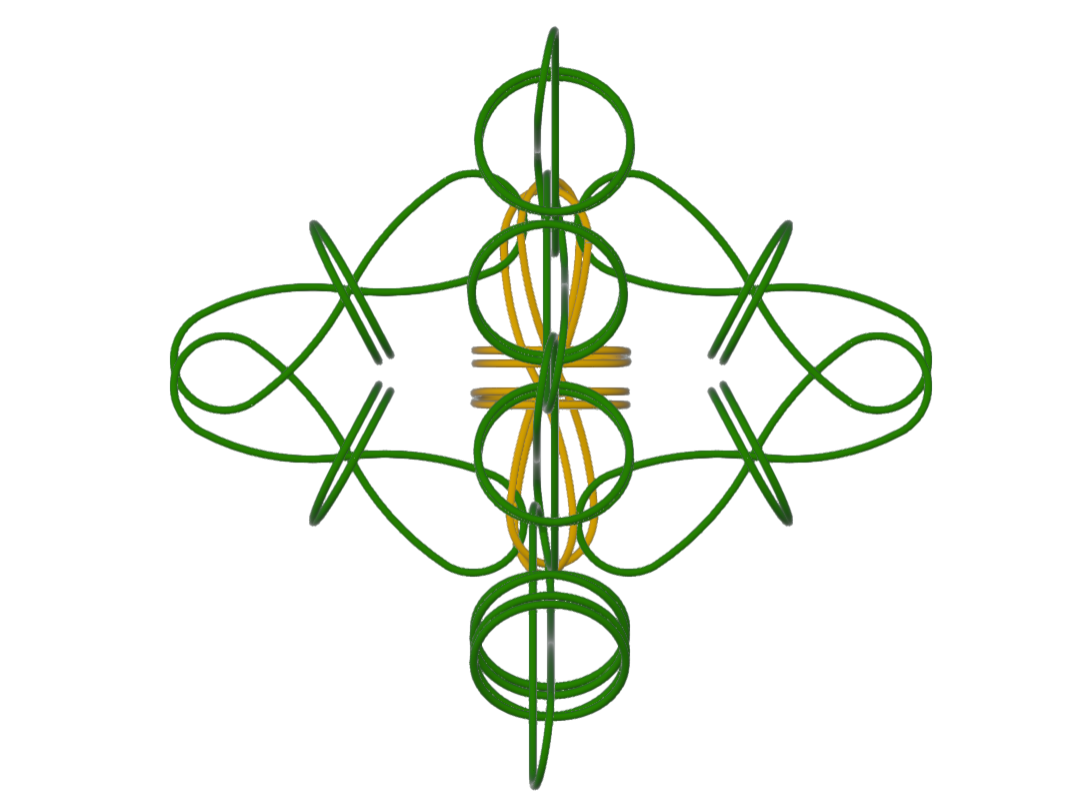
1. Development of a Digital 3D Atlas of Atomic Structures
The project 'Atlas of Atomic Structures' is based on the methodology and research published in the monograph 'Atlas of Atomic Nuclear Structures' (2001, ISBN 0973051515).
The Atlas of Atomic Structures provides a complete representation of the arrangement of neutrons and protons in atomic nuclei, along with their physical dimensions. It graphically depicts the structure of all stable atomic nuclei for elements from hydrogen (Z=1) to Lawrencium (Z=103).
The Atlas represents atomic nuclei and their forming protons and neutrons through symbols resembling their shapes (according to BSM-SG). The digital 3D visualization of atomic models provides a new opportunity for modeling and analyzing simple and complex molecules and their interactions at a sub-nanometer scale, with up to 100 times better spatial resolution than the most powerful electron microscopes.
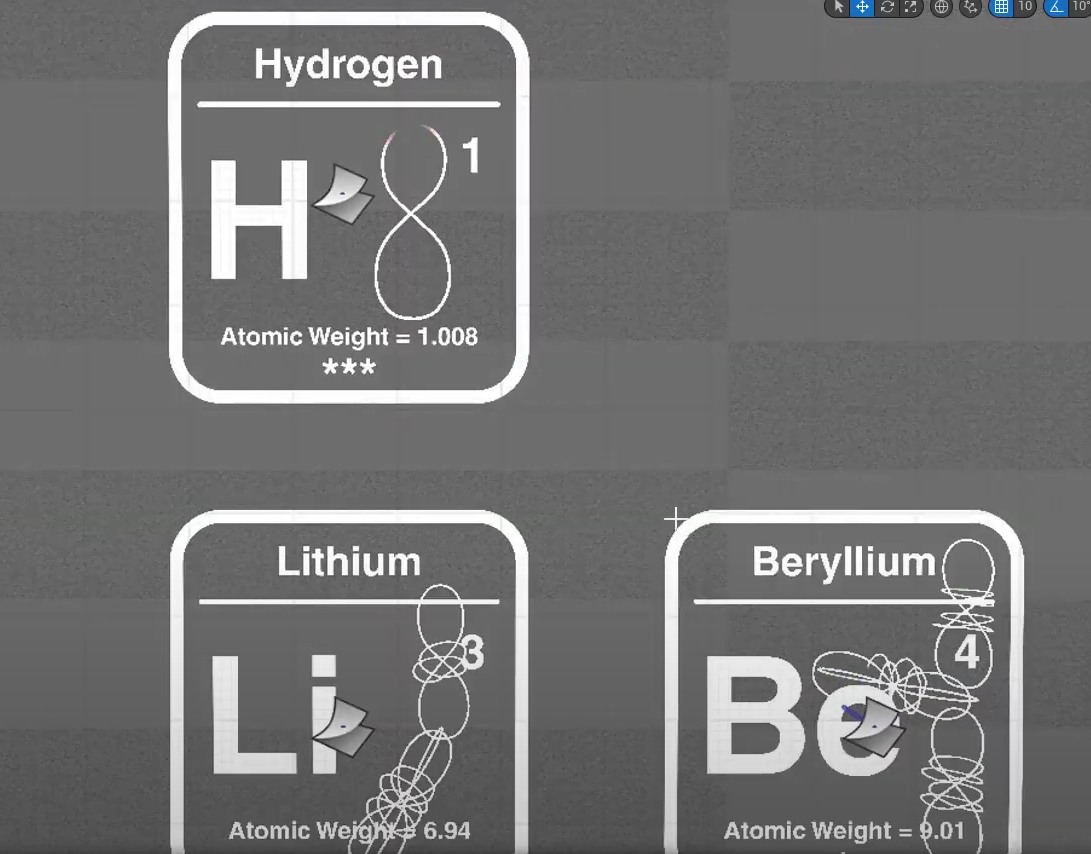
2. Key Areas of Application
The Atlas of Atomic Structures offers a new perspective for precise and detailed three-dimensional analysis, significantly reducing time and costs in research and development activities.
The development is applicable to key technologies such as nanotechnology, recycling technologies, fuel synthesis, applied quantum mechanics, and others. It provides fundamentally new capabilities for modeling and analysis in the following fields:
- **Inorganic and Organic Chemistry:** Analysis of chemical interactions between complex molecules and prediction of new compounds.
- **Nanotechnology:** Theoretical analysis of known nanostructures and the creation of new nanomaterials with unique physicochemical properties.
- **Biomolecules:** A deeper understanding of the connections between amino acids involved in codons that build DNA, tRNA, and proteins.
- **Pharmaceutical Industry:** Modeling and studying interactions between molecules of existing and new drugs.
- **Water Molecule and Brown Gas Research.**
3. Competitor Analysis - The Problem Solved
The scientific methods and equipment used in nanotechnology development are currently as follows:
- **Quantum-mechanical models:** These models, developed over a century ago, are static mathematical representations that use the concept of an 'electron cloud' without detailed explanations of its structure. This limitation makes them difficult to apply in nanotechnology, where quantum-mechanical properties, distances, and interactions between atoms are crucial.
- **Electron Microscopes:** The primary tool for researchers in nanotechnology, reaching a resolution of 0.2 nanometers. The Atlas of Atomic Structures, however, achieves a resolution up to 50 times greater than that of the most powerful electron microscopes, with a theoretical depth reaching 100 times greater.
- **Nanotechnology Constraints:** Current nanotechnology methods use approximations to determine chemical bond directions, but the Atlas provides a detailed spatial structure allowing precise visualization of atomic interactions.
4. Scientific Justification
The foundation of the Atlas of Atomic Structures lies in the research of Professor Dr. Stoyan Sargoytchev, based on the 'Basic Structures of Matter - Supergravity Unified Theory (BSM-SG).'
Due to his work on BSM-SG, Dr. Sargoytchev was selected in 2012 as a distinguished scientific advisor in the Board of Directors of the World Institute for Scientific Exploration.
The Atlas is linked to nine publications in peer-reviewed scientific journals worldwide, including an official review in the journal 'Physics in Canada.' It has been presented at 16 international scientific conferences.
5. Market Potential
The application has strong market penetration potential, especially as an additional functionality to electron microscopes rather than as a standalone product. The competitive environment among top microscope manufacturers can serve as an entry point due to the advantages provided by the combined product.
According to the 'Electron Microscope Market Size, Share & Trends Analysis Report' by Grand View Research, the global electron microscope market was valued at $3.2 billion in 2017 and is expected to grow at an annual rate of 7.4%, reaching $6.42 billion by 2025.
6. Planned Developed Activities
The project brought the development of the 3D Atlas to Technology Readiness Levels (TRL) 5, 6, and 7, including validation in a relevant environment, demonstration in a relevant environment, and prototype testing in an operational setting.
Activities included:
- Research based on the development of the Atlas of Atomic Structures.
- Experimental implementation and testing of an online platform for 3D modeling of atomic structures.
- Market research for industrial and scientific applications of the Atlas.
- Pilot network establishment of scientific and industrial entities interested in using the developed product.
7. Conclusion
The Atlas of Atomic Structures provides unprecedented opportunities for molecular-level modeling and analysis. Its applications range from nanomaterials, molecular and cellular biology, pharmacology, and medicine to quantum mechanics and energy storage research. The project aims to refine and validate its use through collaborations with leading scientific and industrial organizations.
2025 Victor Pronchev